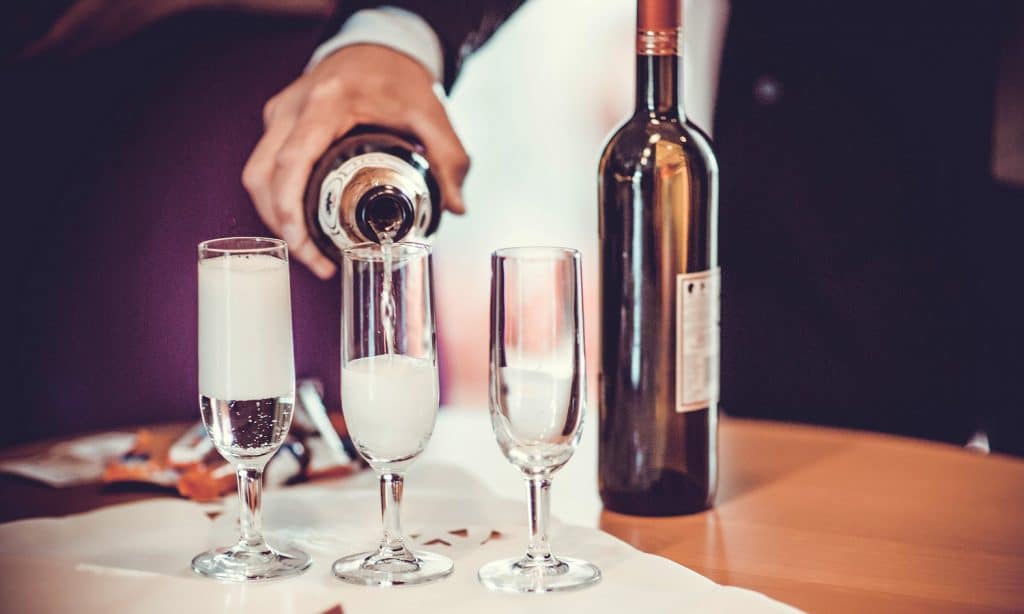It is the champagne season and people are enjoying the fizzy treat! But what do you know about this nose-tickling delight?
In 2022, 326 million bottles of Champagne were shipped globally. The US cemented its status as the top export market for Champagne as sales soared by 19.4% in 2022. Producers sold 33.72 million bottles in the US market throughout the year, according to new figures released today (6th April) by the Comité Champagne.
“Champagne, as the supreme wine of celebrations, has been the natural choice of the world’s consumers as they rejoiced at the end of lockdowns and rediscovered a taste for parties, for going out and for traveling.” added David Chatillon, president of the Union des Maisons de Champagne and co-president of the Comité Champagne.
Where Do The Bubbles Come From?
Assuming you’re looking at a decent bottle of sparkling, the answer is simple: fermentation. There are several different methods for trapping the carbonation, which I’ll explain below, but in all cases the carbon dioxide is a byproduct of fermentation. Only in really cheap sparkling wines will you find artificial carbonation, and those are wines to avoid.
What Is Champagne?
A place, and a way of making wine. The place is in northeastern France, and is the only region in the world legally permitted to label their wine “Champagne.” The method involves making a still wine (or many of them and then blending them), bottling it, and adding more sugar and yeast.

RELATED: Why You Should Skip Those Online Wine Clubs
This second fermentation happens in a closed bottle, meaning the carbon dioxide stays trapped until you open it. This method is now used around the world, and is more commonly called the “traditional method,” or “method traditionelle.”
Wait, What Else Do They Do?
Well, there’s this thing called the Charmat method, where larger vessels are used for secondary fermentation, and then the wine is bottled. This is how most Prosecco and Lambrusco is made, which is why it typically those are slightly less carbonated than most other sparkling wines. The other method involves bottling the wine before the initial fermentation has finished, resulting in a mildly effervescent wine typically called “petillant naturel,” or pet nat if you’re feeling frisky.
What Are Some Wines To Look For?
To start with, Champagne! There’s a dizzying range of styles and terms to know in the region, but there are very few bad Champagnes out there. That said, you will definitely pay more for these wines than most other sparklers, so keep that in mind. If value is a consideration, Cremant is a great term to look for: it’s reserved for wines from France that are made in the “traditional method,” just not in Champagne itself.
RELATED: Why You Should Be Ordering Bottles Of Wine
Cava, especially at the Reserva and Gran Reserva level, can also be a great option. Prosecco can really run the gamut from cheap and banal to less cheap and really tasty, so it’s harder to offer a blanket statement.
So, I Should Get Out My Flutes?
No! Champagne flutes are only good for one thing, and that’s showing off the bubbles. Just use a regular old wine glass, and you’ll actually be able to smell the wine, which is part of the appeal. Plus, you can fit a whole lot more wine in those glasses.
Sparkling wine, be it Champagne or otherwise, is one of the most amazing and versatile wines on the planet. Try having a bottle with dinner the next time you dine out or cook at home, and you’ll be amazed at just how well it pairs with almost anything you throw at it. Cheers!


